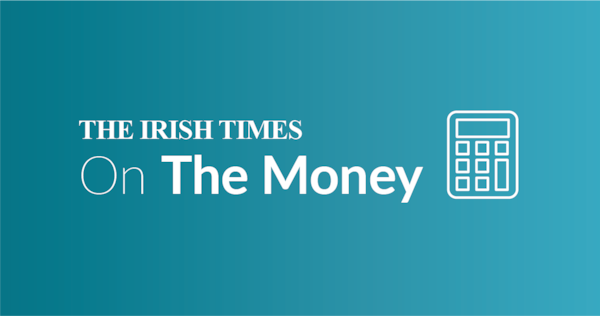The forestry sector in Ireland witnessed a busy year in 2024, with strong interest and activity from investors across a number of portfolio sales.
We expect that 2025 will be another strong year, as forestry investments gain traction both as a profitable asset class and as a critical tool for achieving sustainability goals. Forestry investment has garnered significant attention globally as a resilient and counter-cyclical investment opportunity. Additionally, the focus on sustainable practices and adherence to environmental, social and governance (ESG) criteria has further boosted interest. For governments, forestry holds immense value in addressing climate change through carbon sequestration, providing sustainable materials for construction, safeguarding biodiversity and offering outdoor recreational spaces.
In Ireland, the Climate Action Plan underscores forestry as a pivotal land use for achieving carbon neutrality by 2050. As part of this vision, the Irish Government has implemented the ambitious Forestry Programme 2023–2027, supported by €308 million in State aid, to increase forest cover from the current 12 per cent to 18 per cent by 2027. Achieving this goal requires the afforestation of 8,000 hectares a year, a challenging but attainable target given the incentives in place. Two notable schemes under the Forestry Programme include the Afforestation Scheme and the Native Tree Area Scheme, which are accessible to farmers, private investors and public sector landowners. Both schemes require technical approval from the Department of Agriculture, Food and the Marine, alongside necessary licences.
Additionally, forests must meet specific composition and layout criteria to qualify for grant assistance. The financial incentives for forestry investment are substantial. Grants range from €4,450 to €10,500 per hectare, paid in two instalments — one upon planting and the second four years later. Investors may also qualify for annual premiums of €750 to €1,150 per hectare over a 15-year period for non-farmers, or 20 years for farmers. Additional grants for fencing further enhance the value proposition, with total potential State aid reaching €30,000 per hectare over the investment period. These incentives make forestry an attractive, low-risk investment option with stable returns. Furthermore, it aligns with global sustainability efforts, providing investors with a way to combine profitability and environmental responsibility.
RM Block
Here in Lisney, we have sold or sale-agreed more than 2,500 acres of forestry land in 2024. We expect 2025 to be another robust year for forestry investment, driven by capital from established funds, private individuals and new entrants actively exploring the sector. With Ireland’s ambitious afforestation targets and the financial incentives available, the forestry sector is positioned for continued growth. As investors increasingly prioritise sustainable and profitable opportunities, forestry remains a compelling choice with promising economic, environmental and social benefits.
Thomas Byrne is a divisional director with Lisney.
- Sign up for push alerts and have the best news, analysis and comment delivered directly to your phone
- Join The Irish Times on WhatsApp and stay up to date
- Listen to our Inside Politics podcast for the best political chat and analysis
















